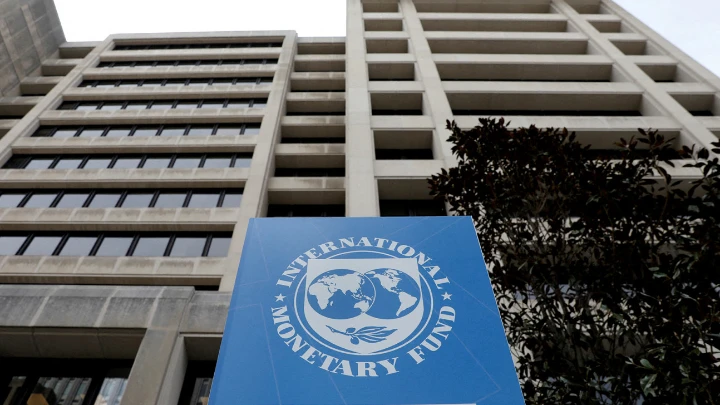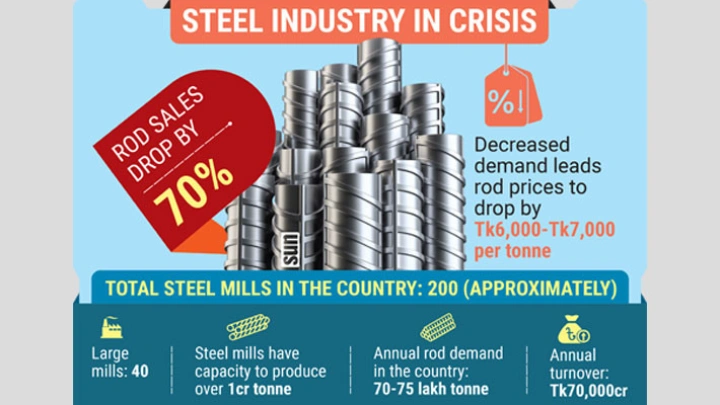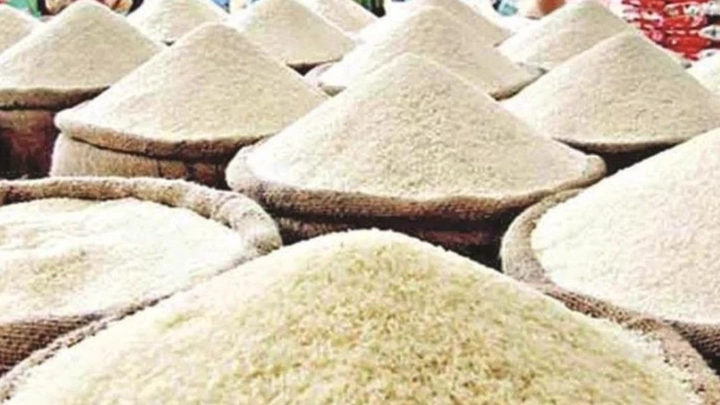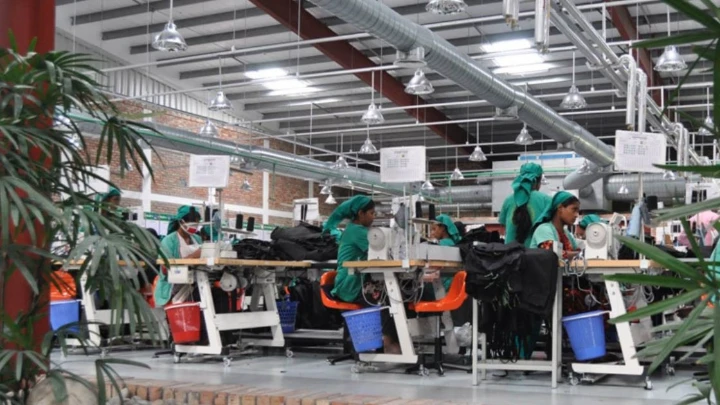IMF slashes growth forecast to 4.5 percent
DailyStar || Shining BD
After the World Bank, the International Monetary Fund has now brought down Bangladesh's growth forecast for this year as political uncertainty, industrial unrest and floods weigh heavily on economic activities.
In its flagship World Economic Outlook, IMF slashed Bangladesh's growth projection by 2.1 percentage points to 4.5 percent, the lowest since fiscal 2019-20, when the global coronavirus pandemic hit. In fiscal 2019-20, the GDP growth was 3.4 percent.
Earlier in June, the IMF forecasted Bangladesh's GDP growth for this fiscal year to be 6.6 percent.
Last week, the World Bank slashed its growth forecast for the Bangladesh economy by 1.7 percentage points to 4 percent for fiscal 2024-25 due to "significant uncertainties following recent political turmoil" and "data unavailability".
The GDP growth could be as low as 3.2 percent and if the situation improves, 5.2 percent at best.
This came after the Asian Development Bank previously lowered its growth forecast for Bangladesh to 5.1 percent from 6.6 percent citing supply chain disruptions caused by political unrest in July and August.
The IMF Outlook did not mention the reasons behind the lower growth and high inflation forecasts.
However, an IMF team visited Bangladesh in September and issued a statement where they said economic activities have slowed markedly, while inflation remains at double digits owing to the recent turbulence and major floods.
"Nothing happened in the last three months that would continue the economic growth -- it was supposed to be negative growth," said Zahid Hussain, a former lead economist of the WB's Dhaka office.
Hussain is on the committee formed by the interim government to prepare a white paper on the economy.
"We have to repeal the losses first by bringing GDP growth to zero and then push for positive growth," he said, adding that if the country achieves 4-4.5 percent GDP growth, it can be viewed as a good performance.
Political uncertainty, industrial unrest and the recent flood have eaten up GDP, Hussain said, adding that the elevated inflation level is not helping matters.
The IMF has projected an average inflation of 10.7 percent for this fiscal year.
The main driver of economic growth is industries, which have been stagnating in the last couple of months, Hussain said.
During the protests in July, no industry was functioning.
The law enforcement situation is yet to stabilise and the labour unrest has buyers' confidence, resulting in weak export orders.
Besides, agriculture activities were hampered by the recent flood, he said.
"There is uncertainty in the upcoming days as well. We are living one week at a time. We don't know what is upcoming next week and there will be lots of uncertainty in future."
Besides, economic growth is adversely affected by the contractionary position the government has taken to control inflation.
It is tough to bring down inflation with only the contractionary policy because food inflation is the main issue in Bangladesh and it is not possible to bring down food inflation by only stabilising the foreign exchange rate.
"We need to reduce the food prices by monitoring the supply side. The strategy of the interim government is no different from the previous government as they are doing market policing."
By policing the market, it will not be possible to stabilise a market, he said. "Policing is required in only controlling the extortion."
To achieve the targeted growth rate, the production of boro and aman crops and vegetables needs to be plentiful, Hussain said, adding that recovery in industrial activities is imperative too.
Shining BD























